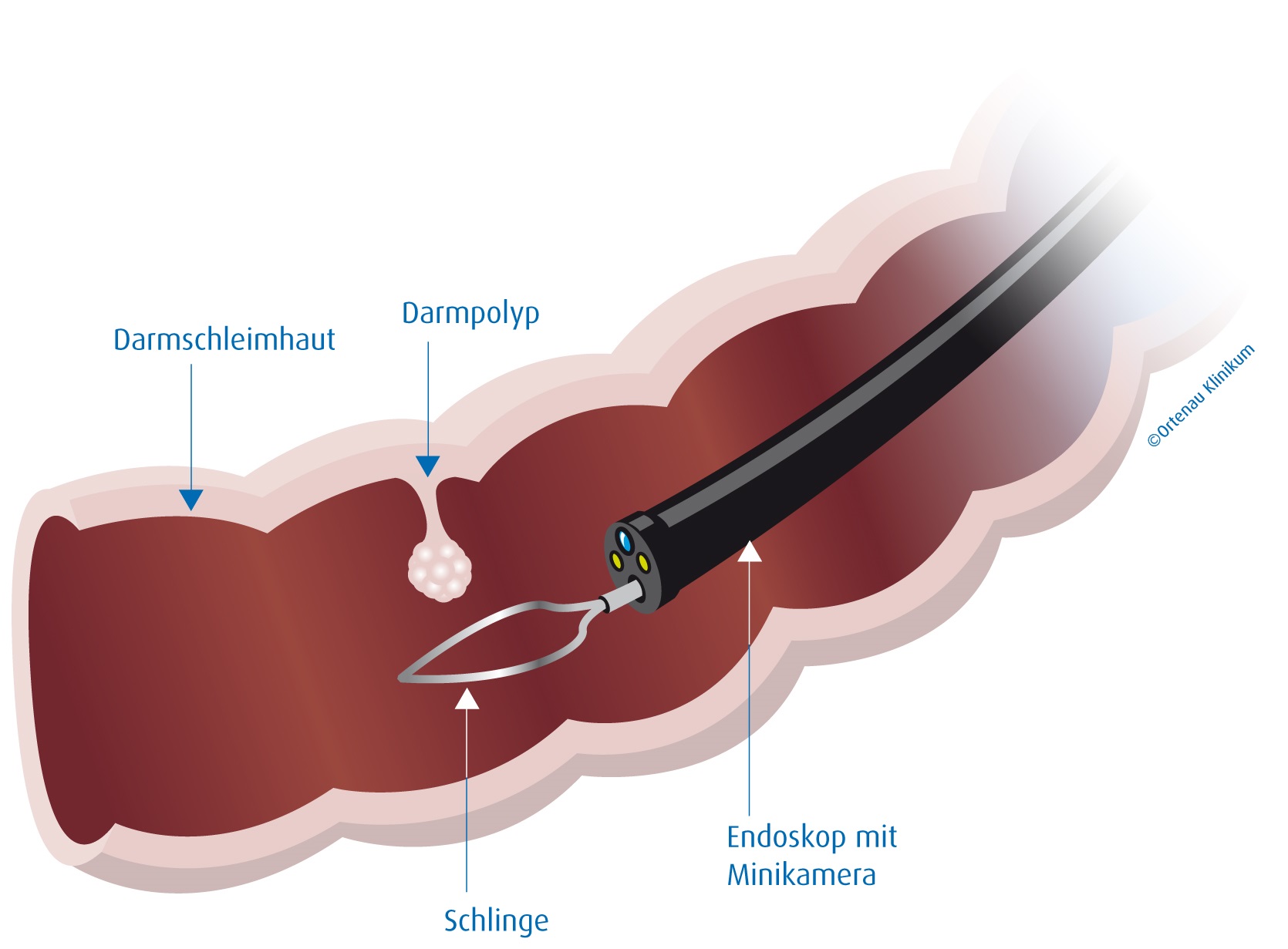Colonic polypectomy on:
[Wikipedia]
[Google]
[Amazon]
Colonic polypectomy is the removal of  Gastrointestinal polyps can be removed endoscopically through colonoscopy or esophagogastroduodenoscopy, or
Gastrointestinal polyps can be removed endoscopically through colonoscopy or esophagogastroduodenoscopy, or
"How I Do It" — Removing large or sessile colonic polyps
{{Digestive system surgical procedures Medical tests Endoscopy Digestive system surgery
colorectal polyp
A colorectal polyp is a polyp (fleshy growth) occurring on the lining of the colon or rectum. Untreated colorectal polyps can develop into colorectal cancer.
Colorectal polyps are often classified by their behaviour (i.e. benign vs. malignant) o ...
s in order to prevent them from turning cancerous
Cancer is a group of diseases involving abnormal cell growth with the potential to invade or spread to other parts of the body. These contrast with benign tumors, which do not spread. Possible signs and symptoms include a lump, abnormal bl ...
.
 Gastrointestinal polyps can be removed endoscopically through colonoscopy or esophagogastroduodenoscopy, or
Gastrointestinal polyps can be removed endoscopically through colonoscopy or esophagogastroduodenoscopy, or surgically
Surgery ''cheirourgikē'' (composed of χείρ, "hand", and ἔργον, "work"), via la, chirurgiae, meaning "hand work". is a medical specialty that uses operative manual and instrumental techniques on a person to investigate or treat a pa ...
if the polyp is too large to be removed endoscopically. The method used to perform colonic polypectomies during colonoscopy depends on the size, shape and histological type of the polyp to be removed. Prior to performing polypectomy, polyps can be biopsied and examined histologically to determine the need to perform polypectomy.
Evaluation
Prior to resection, assessment of the polyp should include: polyp size, morphology, location, and accessibility. If there are features that suggest of cancer is present in the polyp, then either endoscopic submucosal dissection or surgery should be considered. If the polyp appears benign, but the risk of progression to cancer is negligible, then resection is not necessary.Larger, sessile polyps
Large sessile polyps are more difficult to remove endoscopically, and polypectomy in these cases has a higher risk of complication. Sessile polyps up to 10mm can often be removed by snare polypectomy. Polyps over 10mm may have to be removed piecemeal by snare polypectomy. The use of electrocautery over a large area has a significant risk of causing colonic perforation; to reduce this chance, and to facilitate the polypectomy, sterile fluid (saline or colloid, with methylene blue dye added) can be injected under the base of the polyp to raise it away from the muscular layers of the colon.Larger, pedunculated polyps
Pedunculated polyps can be removed by snare polypectomy. When the polyp is identified, a polypectomy snare is passed over the polyp and around the stalk of the polyp. The loop of the snare is then tightened to grip the polyp stalk, and the polyp is pulled away from the wall of the colon. An electric current is then passed through the snare loop to cut through the polyp stalk, providing electrocautery at the same time. The polyp can then be retrieved using the snare or an endoscopy basket, and removed by withdrawing the colonoscope.Technique
Polyps may be removed using cold biopsy forceps, cold snare polypectomy, hot biopsy forceps, hot snare polypectomy,endoscopic mucosal resection
Endoscopic mucosal resection is a technique used to remove cancerous or other abnormal lesions found in the digestive tract. It is one method of performing a mucosectomy.
For the esophagous
Endoscopic mucosal resection has been advocated for ...
, or endoscopic submucosal dissection. Cold biopsy forceps may be used for small (diminutive) polyps 1-3 mm in size. Cold snare polypectomy has the advantage of avoiding the risk of delayed bleeding, postpolypectomy coagulation syndrome, and perforation.
Complications
The most common complications of colonic polypectomy arebleeding
Bleeding, hemorrhage, haemorrhage or blood loss, is blood escaping from the circulatory system from damaged blood vessels. Bleeding can occur internally, or externally either through a natural opening such as the mouth, nose, ear, urethra, vag ...
and colonic perforation
A perforation is a small hole in a thin material or web. There is usually more than one perforation in an organized fashion, where all of the holes collectively are called a ''perforation''. The process of creating perforations is called perfor ...
. Rarely, postpolypectomy coagulation syndrome
Postpolypectomy coagulation syndrome (Postpolypectomy syndrome or PPCS) is a condition that occurs following colonoscopy with electrocautery polypectomy, which results in a burn injury to the wall of the gastrointestinal tract. The condition res ...
may occur following removal of large polyps with electrocautery
Cauterization (or cauterisation, or cautery) is a medical practice or technique of burning a part of a body to remove or close off a part of it. It destroys some tissue in an attempt to mitigate bleeding and damage, remove an undesired growth, o ...
.
References
External links
"How I Do It" — Removing large or sessile colonic polyps
{{Digestive system surgical procedures Medical tests Endoscopy Digestive system surgery